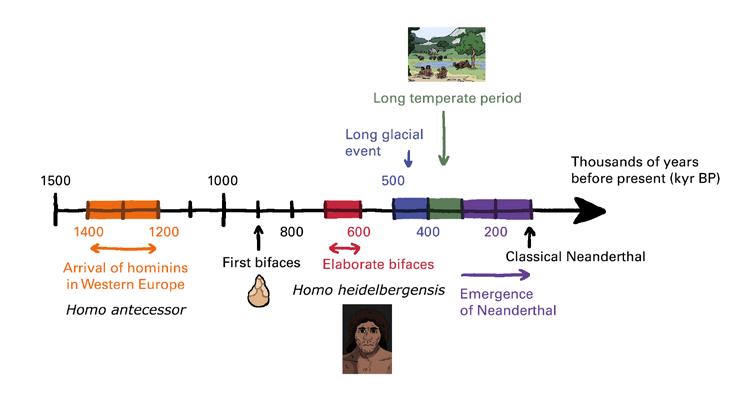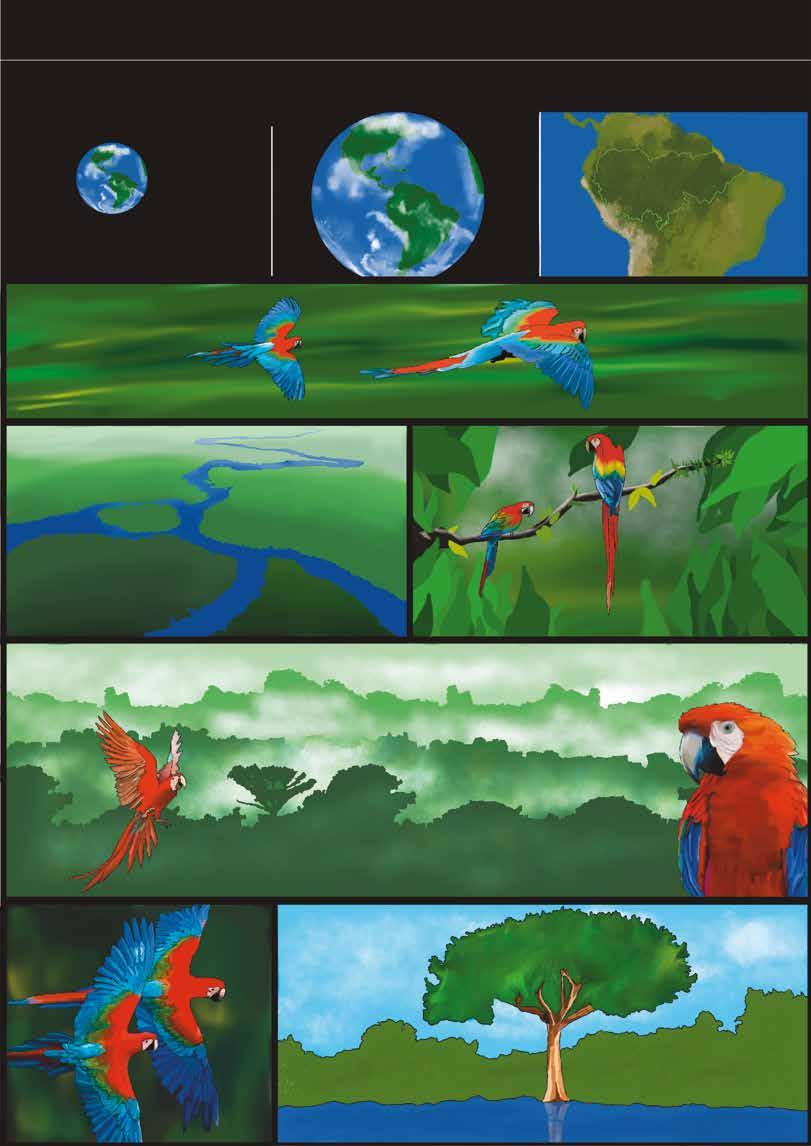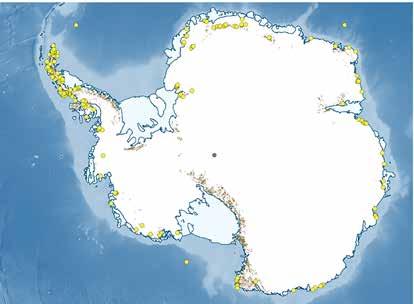doi.org/10.22498/pages.horiz.2.38
Better forecasts of sea-ice change? Melt puddles and melt models Louise Sime, Irene Malmierca, Rachel Diamond and David Schroeder
Several reasons make it essential to have good forecasts of future sea-ice* area in the Arctic. Arctic sea ice is linked to extreme weather events across Europe, America, and the far East, from intense droughts to “snowmaggedon” winters. Evidence suggests that changing sea ice will have repercussions on patterns of extreme weather over the coming decades. Ongoing sea-ice change will also determine the range over which Arctic animals thrive. Whilst a few species will benefit from future ice loss, like the orca, which is extending its range into the new open water areas in the Arctic, loss hurts other top predators, particularly the iconic polar bear. Ongoing sea-ice change will determine the range over which each Arctic animal thrives. Over the last forty years, Arctic sea ice has declined rapidly (Fig. 1). This is a key part of the climate change picture. To predict how climate will evolve
Arctic sea-ice minimum extent 4.72 million km2 16 September 2021
Yellow
in the future, scientists use “global climate models”: sophisticated computer models that can simulate conditions everywhere on the planet. These models mostly do a good job at representing the climate correctly. However, while there is variation between individual model results, most models don’t quite predict the amount of sea-ice decline that we know is actually happening. This is a problem for politicians, scientists, and engineers, because it limits confidence in the forecasts from climate models. Human actions over the coming years, particularly total carbon emissions, will make a real difference to the extent of these changes in the Arctic and beyond. However, we would also like to have more confidence in our climate model-based forecasts of sea-ice change to understand how our climate-related actions will affect Arctic sea ice. Recent model results suggest that if we continue to emit carbon dioxide at our current level, the Arctic Ocean could be free of sea ice during summer within twenty years – or as late as in eighty years. If we do not know when it will occur, it is difficult for Arctic communities and governments to plan for the consequences line 1981, avg. min. of a sea ice-free summer in future.
Figure 1a of sea ice on Whole Arctic view when the ice 16 September 2021, yearly miniits appeared to reach is date, the extent mum extent. On th illion square m of the ice was 4.72 square miles). on kilometers (1.82 milli sualization Studio tific Vi Credit: NASA’s Scien
38
PAGES HORIZONS • VOLUME 2 • 2022














